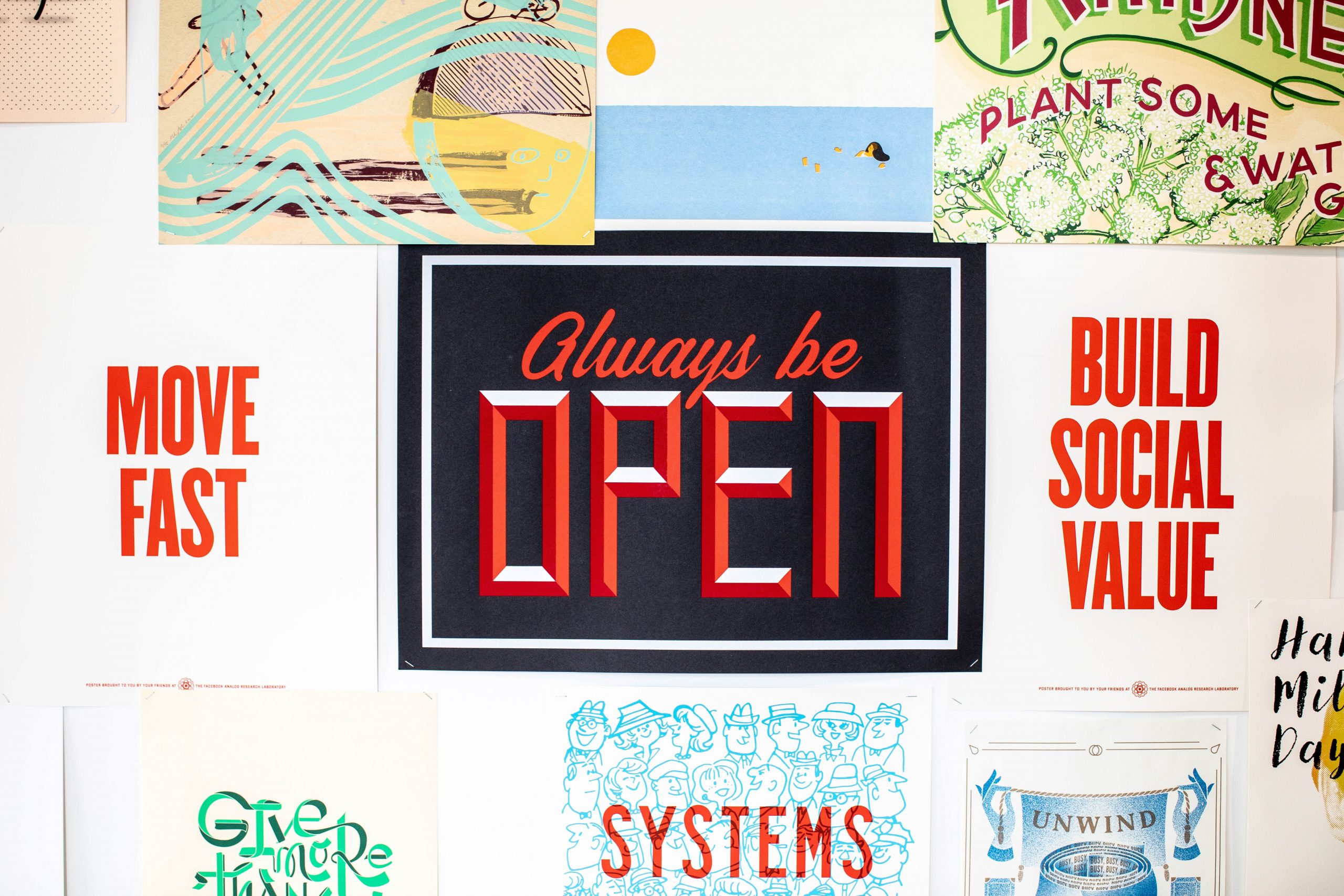Learning to incorporate values in collective design
Designing projects implies that individuals or groups must pool their values to collaborate effectively. But the various parties involved may be guided by diverging value systems, making it difficult to find compromises and common solutions. Françoise Détienne and Michael Baker, researchers at Télécom Paris, explain how the role of values in collective design can be understood.
How is a value defined in the field of collective design?
Françoise Détienne: In general, the concept of values refers to principles or beliefs that guide individuals’ actions and choices. Put that way, any preference might be seen as a value, so we must limit the definition to the ethical dimension in choices, connected to social and human aspects. The notions of inclusion or privacy protection are examples of these kinds of values.
Michael Baker: Certain notions may be considered absolute values in broad terms – like freedom for example – but they can be divided into different nuances, such as freedom of expression or freedom of choice. And some terms or expressions are subject to implicit value judgments. For example, the word “business” may, in certain contexts, express a negative value judgment, although it refers to something neutral from a values perspective. In order to identify the underlying values in interactions produced in collective design situations, we must therefore go beyond language by taking into account the context in which statements are made.
How can we understand the role of values in the design process?
FD: Most of the current approaches are based on the concepts of Value Sensitive Design (VSD), which consider values to be discrete and independent criteria that must simply be added to the other types of design criteria. Most of the time, however, individual and collective values are organized into systems that we refer to as ideologies. Here, ideologies mean the set of values underlying individual and collective viewpoints. We have proposed a new approach called Ideologically Embedded Design (IED), which differentiates between several levels at which values (systems) operate: the form of participation and its underlying principles, the evolution of the design and decision-making process, the group or community involved in the process and its production. This approach also emphasizes the interactions and the possible co-evolution between these levels.
How has the understanding of the role of values in design evolved?
MB : Up to now, values in design have been analyzed based on the objects or physical infrastructure resulting from projects, which reflect certain political and social choices. The analyses carried out based on these objects allowed us to extract values through an ex-post deconstruction. But the current design ergonomics movement seeks instead to analyze how values come into play in the design process and how to deal with value conflicts.
What are some organizations where thinking about values in advance is a priority?
FD: In general, the design of collaborative organizations is rooted in strong values. Participatory housing, which aims to implement shared governance systems, is a good example. The considerations of the individuals involved focus primarily on how they must be organized, based on values that are in line with sharing, such as respect, tolerance and equity in decision-making. In communities like these, the stakes of such values are high, since the goal is to live together successfully.
MB: Many online communities give significant thought to values. One of the best examples is Wikipedia. The Wikipedia community is based on values such as open access to knowledge, free participation of contributors, and neutrality of point of view. Should disagreements rooted in opposing value systems arise, there is not any real way to “resolve” the conflict. In this case, to represent the diversity of viewpoints, the conflict may be handled by dividing the text into different sections, each of which reflects a different viewpoint. For example, an article on “Freud” may be divided into sections that represent the topic from the viewpoint of behavioral psychologists, neuropsychologists, psychoanalysts etc.
Are there discrepancies at times between the values promoted or upheld by an organization and the way they are applied on a concrete level?
MB: There is, indeed, a disconnect at times between the values advanced by an organization and the way they are actually implemented. For example, the notion of “collaboration” may be put forth as a positive value, with various rhetorical uses. For the last decade or so, this term has had a positive connotation and is sometimes used for image and marketing purposes, along the same lines as greenwashing. Research is also being carried out on the possible differences and tensions between an organization’s institutional discourse and how groups actually work within the organization.
Are there conflicting values within the same organization at times?
FD: At a certain level of definition of values, this is often the case. An important issue is clarity in the definition of values during discussions and debates, since each individual may have a different interpretation. So it’s important to support the co-construction of the meaning of values through dialogue, and identify whether or not there are truly competing values.
MB: In discussions about a design, viewpoints must evolve in order to reach a compromise, but that does not mean that each individual’s ideologies will change drastically over time. Almost by definition, it seems, values are stable and typically change only very slowly (except through a radical “conversion”). So we must understand each individual’s underlying ideologies and frame discussions about the decision-making process by taking them into account. For example, it’s helpful to set out in advance the ways in which the process is collaborative or participative, and if there must be equitable participation between the various stakeholders. The organizational framework is also very value-oriented.
What are some concrete methods that can help improve collaboration?
FD: Various methods can be applied to improve the alignment and compromise of values within a group. While approaches such as VSD help identify values, ensuring that debates are constructive is not easy. We propose methods from constructive ergonomics such as role playing, organizational simulation and imagining use situations, as well as reflective methods. For example, self-confrontation techniques can be put in place by filming a working group and then having the group members watch the video. This gives them the opportunity to think in a structured way about the respective underlying values that guided their collective activity. Visualization tools can also help resolve such debates.
How can conflicts be resolved in the event of disagreements about values?
FD : In order to resolve conflicts that may arise, the use of a debate moderator who has been trained in advance for this role can prove to be very helpful. What are referred to as “avoidance” strategies may also be used, such as momentarily redirecting the discussion toward more practical questions, to avoid crystallizing conflicts and opposing viewpoints.
MB: It’s also important to redirect discussion toward compromises that allow different values to coexist. To do so, it can be helpful to bring the debate back to a level focusing on more general values. Sometimes, the more individuals specify what they mean by a value, the more viewpoints may oppose and lead to conflict.
FD: And last but not least, this leads us to rethink the timeframe for design activity to allow time for co-construction and evolution —which will in all likelihood be slow— of values, negotiation and, possibly, to leave conflict resolution open. The emphasis is then not on producing a solution but on the process itself.
By Antonin Counillon













Leave a Reply
Want to join the discussion?Feel free to contribute!